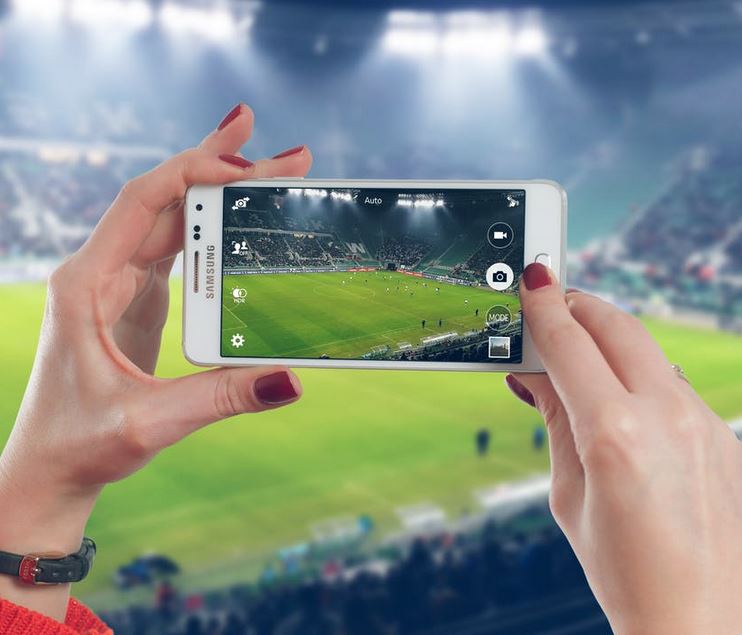
The first ever decline in smartphone sales has been discovered in statistics from the fourth quarter of 2017, with records stretching back as far as 2004.
With global sales of smartphones to end users totalling 408 million in the fourth quarter of last year, the figure represented a 5.6 per cent decline from the same period in 2016
Breaking down the overall decline, Gartner also found that Samsung experienced a year-on-year unit decline pf 3.6 per cent, contributing to the global result. In spite of the fall, Samsung defended and retained its number spot.
Anshul Gupta, research director at Gartner, said: “First, upgrades from feature phones to smartphones have slowed down due to a lack of quality “ultra-low-cost” smartphones and users preferring to buy quality feature phones. Second, replacement smartphone users are choosing quality models and keeping them longer, lengthening the replacement cycle of smartphones.”
“Moreover, while demand for high quality, 4G connectivity and better camera features remained strong, high expectations and few incremental benefits during replacement weakened smartphone sales,” said Gupta.
Qualcomm pushes Snapdragon processors with Microsoft and Samsung
Malicious botnets responsible for 40% of global login attempts
UK government backed smart meters could pose cyber risk – GCHQ
Apple was left commanding a 17.9 per cent market share in Q4 2017, with Samsung remaining dominant with 18.2 per cent. In 2017 at the same time the same two leading vendors were tied at 17.8 per cent.
“Apple was in a different position this quarter than it was 12 months before,” said Mr. Gupta. “It had three new smartphones — the iPhone 8, iPhone 8 Plus and iPhone X — yet its performance in the quarter was overshadowed by two factors. First, the later availability of the iPhone X led to slow upgrades to iPhone 8 and 8 Plus, as users waited to try the more-expensive model. Second, component shortages and manufacturing capacity constraints preceded a long delivery cycle for the iPhone X, which returned to normal by early December 2017. We expect good demand for the iPhone X to likely bring a delayed sales boost for Apple in the first quarter of 2018.”






